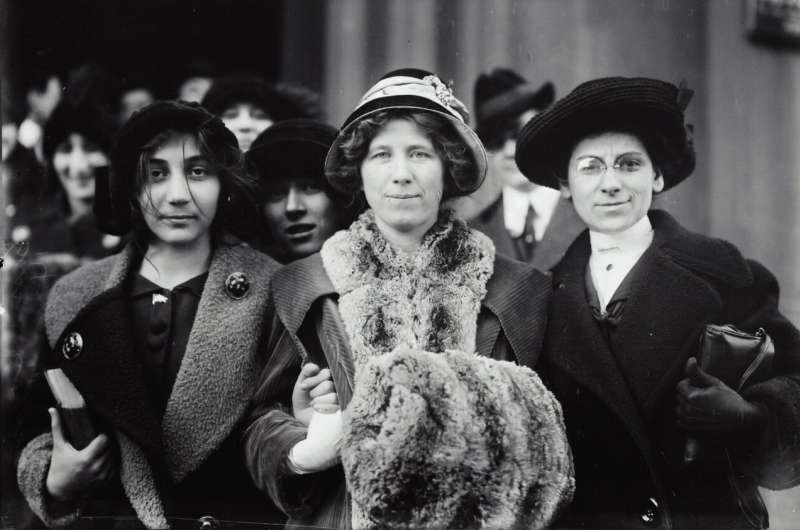300,000 women are missing from economics

Economics is an overwhelmingly male field; and the problem is not going away. Less than a third of economics students today are women. A pervasive myth about the missing women students in economics – about 300,000 of them in the US alone by our rough count – is that the problem is their poor maths skills. You know: economics is too maths focused, and women are maths-phobic, right? That must be the problem.
Wrong.
In the US, today, the share of women graduating in mathematics and statistics is higher than in economics. It is not mathematics that's the problem.
A more likely and more uncomfortable culprit – sexism in economics – has been called out in an audacious undergraduate dissertation written by Alice Wu of the University of California, Berkeley. She used computational linguistic methods to compare how male and female economists were described on Economics Job Market Rumors, an online forum popular with economics graduate students, especially those hoping to land their first job.
In hundreds of thousands of postings, comments related to women commonly use abusive or sexist language. We won't repeat the actual words that Wu found to be statistically most frequently associated with female names. Words associated with men (excepting "homosexual") were most likely neutral or positive ("adviser", "goals" and the like). In contrast to the comments on women economists, male body parts were not deemed worthy of mention. Not surprisingly, this has made news, notably in the New York Times.
To our credit, economics, perhaps more than any other discipline, has attempted to identify the causes and effects of discrimination at work and in society as a whole. But cleaning up our own house has not been high on the agenda – domestic labour apparently being someone else's job.
At least, not until recently. Over the past decade or so projects supported by bodies from the American Economic Association to the Reserve Bank of Australia have explored how to make more of women as role models in teaching and mentoring, and considered less competitive teaching and grading methods, and other strategies to recruit and retain more women to study economics.
Getting the missing women back
But maybe the women are missing in part because of what economics seems to be about. Here is what one woman who stuck it out in economics had to say:
"I hoped economics would give me a way to describe and predict human behaviour through mathematical tools … after semesters of study, I had mathematical tools. But all the people whose behaviour I wanted to study had disappeared from the scene."
Natalie Grisales wrote this just before graduating from Universidad de los Andes in Colombia. She could have been in any economics department in the US or almost anywhere else.
We know that women who do study economics tend to be interested in psychology and the other social sciences, while men who come to economics might have instead studied engineering or business. We developed the CORE project – an online introduction to economics – to see if radically new content in first year economics courses can get the missing women back. As well as economic theory, it is problem-centered and more interdisciplinary.
We have asked students – male and female – around the world at the start of their first class in economics to answer the question: "What issues should economics address?" The most frequently mentioned topics (as the word cloud shows) are inequality and environmental sustainability. Yet these are barely touched on in the standard economics introduction course, where practical applications are more likely to come from shopping or how many widgets a firm should produce.
We did a computational linguistic analysis of our own to identify terms most frequently used in the CORE ebook that do not appear in the two leading introductory texts. The words that set CORE apart include: "Gini" (a measure of inequality), "bargaining", "environment", "global", and "democracy". The CORE course uses real world economic and social problems – inequality, climate change, instability, wealth creation and innovation – to teach fundamental economic concepts and quantitative skills.
We think that this approach will appeal to many students – but disproportionately women – who are not engaged by the usual EC 101 training in simple algorithmic thinking using "toy" models to solve problems that often seem trivial.
Provided by The Conversation
This article was originally published on The Conversation. Read the original article.![]()

















